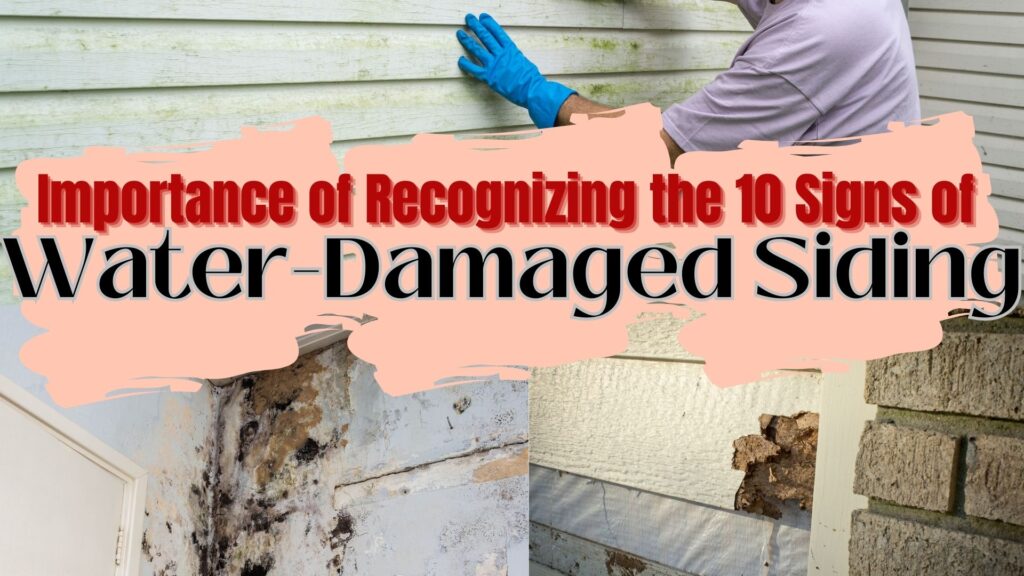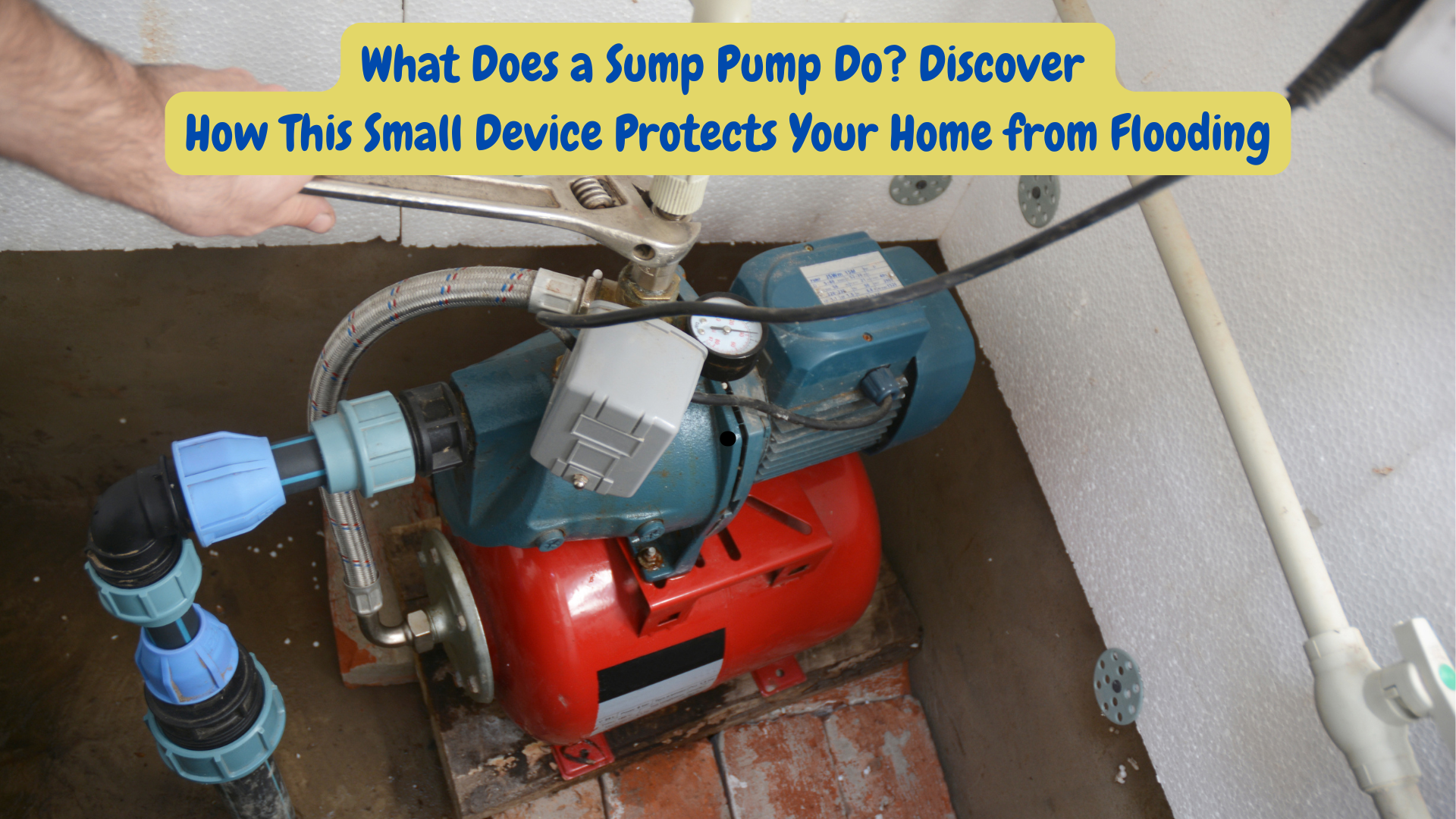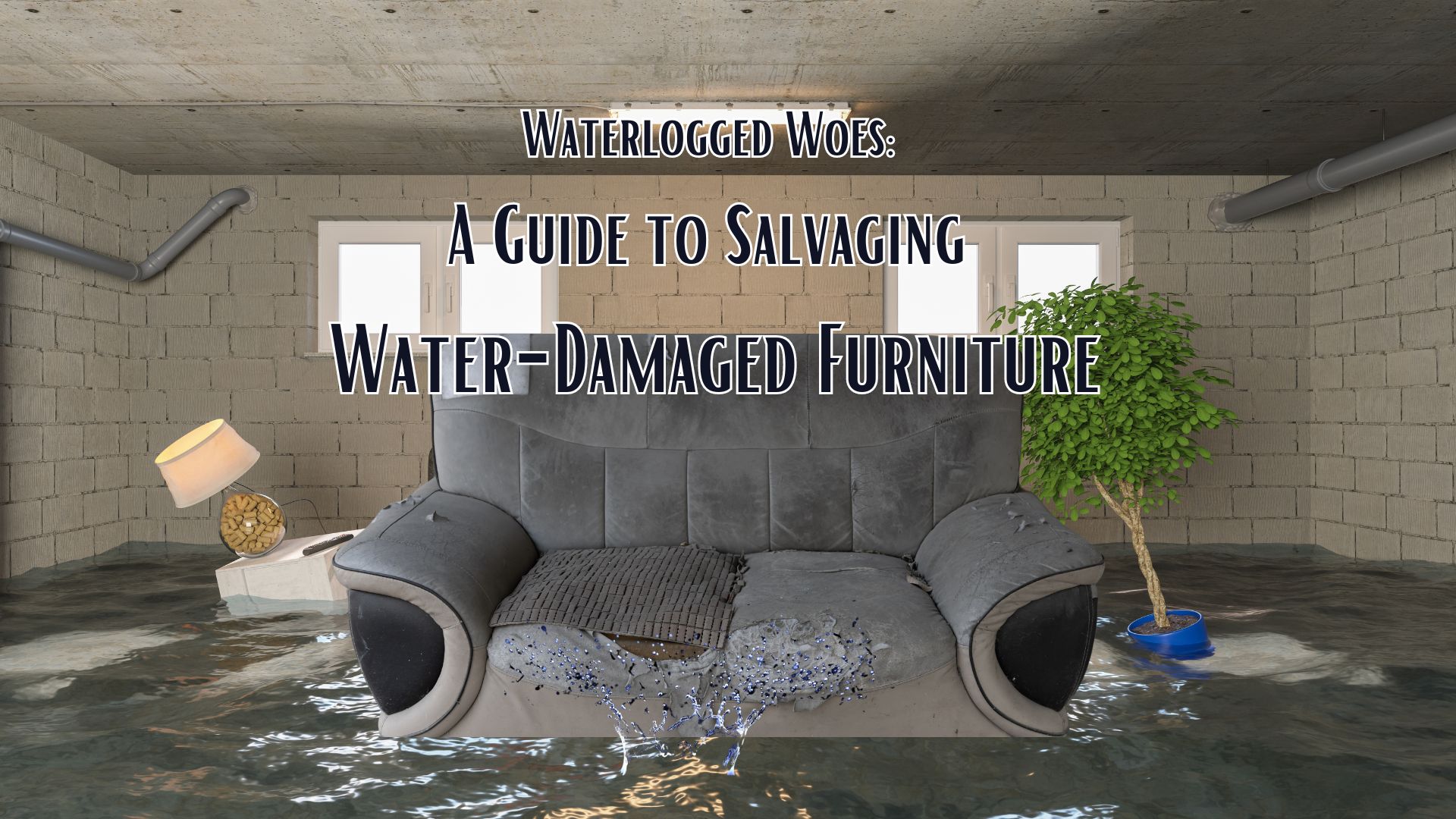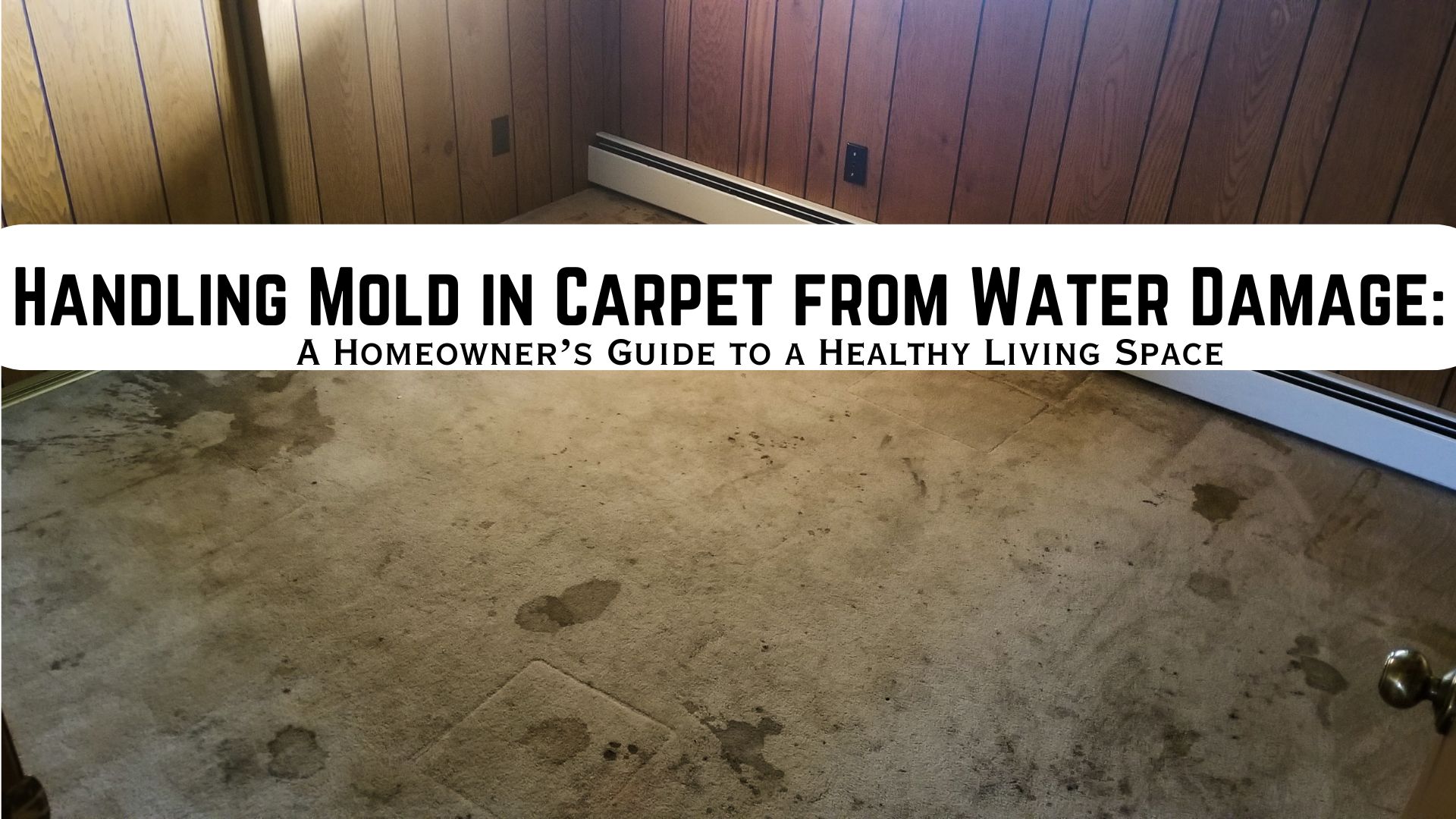
Our exterior siding panels play a crucial role in safeguarding your home and stand as the first line of defense, shielding against rain, wind, and temperature fluctuations. Yet, even the sturdiest siding can fall prey to a subtle and sneaking intruder: water damage. Unseen but not unfelt, water damage siding can silently erode the protective layers of your home, eventually leading to structural deterioration and costly repairs.
Understanding the significance of recognizing signs of water damage siding is akin to giving your home a vigilant guardian – one that prevents minor concerns from snowballing into major issues. By honing your ability to identify the telltale markers of water damage, you empower yourself to take timely action, safeguarding not only the aesthetic charm of your home but also its fundamental stability.
Understanding Water Damage Siding: Signs and Consequences
Detecting the Telltale Signs of Water Damage Siding
Water damage can often go unnoticed until it evolves into a more serious problem. Recognizing the signs of water damage is essential in preventing long-term structural damage to your home. Keep an eye out for water stains on your siding panels, especially around windows and doors. These stains indicate water infiltration, suggesting a compromise in your siding’s water resistance.
Water Damage Siding: A Closer Look of the Signs
Water damage siding can be a silent menace, gradually undermining the integrity of your home’s exterior and potentially causing significant structural issues. Identifying the signs of water damage early is essential to prevent damage in the future. Check out the following key signs:
1. Water Stains: Water stains are perhaps the most obvious indicator of water damage. These stains often appear as discolored patches on the surface of the siding. One cause is when water seeps into the siding material and leaves behind mineral deposits or residue. Keep an eye out for brown, yellow, or dark spots that stand out from the surrounding siding.
2. Warping or Bubbling: Siding panels that have been compromised by water can start to warp, bubble, or blister. This distortion is a result of the moisture causing the siding material to swell and lose its original shape. If you notice any irregularities in the texture or contour of your siding, it could be a sign of water damage.
3. Cracks or Splitting: Water damage can weaken the structural integrity of siding panels, leading to cracks or splitting. These openings provide an entry point for even more water, exacerbating the problem. Inspect your siding closely for any visible cracks, gaps, or splitting, especially around seams and joints.
4. Mold or Mildew Growth: Moisture is a breeding ground for mold and mildew, which can quickly spread across your siding. If you see patches of green or black growth on your siding, it’s a clear sign that water is accumulating and not properly draining away. Mold and mildew not only compromise the aesthetics of your home but can also pose health risks to residents.
5. Peeling or Flaking Paint: If the paint on your siding is peeling, flaking, or chipping, it could be due to water damage. When water infiltrates the siding, it can weaken the adhesion between the paint and the surface, causing it to deteriorate. Peeling paint is not just an aesthetic concern; it exposes the siding to further water infiltration.
6. Foul Odors: A musty or unpleasant odor emanating from your siding is another indication of water damage. This odor often arises from mold or mildew growth within the siding. If you notice a persistent smell near your siding, investigate further to determine if water damage is the cause.
7. Increased Energy Bills: While not immediately apparent, higher energy bills could signal water damage siding. Water-damaged siding may compromise your home’s insulation, leading to drafts and reduced energy efficiency. If you notice a sudden increase in your heating or cooling costs, consider checking your siding as a potential source of the issue.
8. Soft or Spongy Texture: Gently press your hand against different sections of your siding. If there are areas where you feel soft, spongy, or give under pressure, it could indicate presence of water damage and structural weakening. Water-damaged siding loses its rigidity and can feel less sturdy when touched.
9. Water Accumulation or Pools: During rain or after watering your lawn, observe your siding for any areas where water appears to accumulate or pool. Poor drainage and improper water runoff management can lead to water pooling at the base of your siding, increasing the risk of water infiltration.
10. Increased Pest Activity: Water-damaged siding can attract pests such as termites, ants, and rodents that are drawn to damp and decaying wood, leading to increased pest activity. If you notice an uptick in pest activity around your siding, it could be a sign of underlying water damage.
If you spot any of these signs on your siding, it’s crucial to take action promptly. Ignoring water damage siding can give you more headaches due to extensive and costly repairs. So regularly inspect your siding, especially after heavy rainfall or extreme weather conditions. If you’re uncertain about the extent of the damage, consider consulting a professional siding contractor to assess the situation and recommend appropriate solutions.
To maintain your home’s exterior longevity and integrity, early detection and intervention are necessary.
Beyond Aesthetics: The Structural Impact of Water Damage Siding
The aesthetic appeal of your home is not the only thing at stake when it comes to water damage siding. If water infiltrates your siding and reaches the underlying framework, it can severely compromise the structural integrity of your home. Water-damaged siding can lead to rotting wood, weakened support beams, and even mold growth within your home’s walls. In the worst-case scenario, untreated water damage could result in costly repairs and compromised safety.
Investing in Water-Resistant Siding: A Long-Term Strategy
The Role of Water-Resistant Siding Panels
Investing in water-resistant siding panels is a proactive approach to safeguarding your home against the detrimental effects of water damage. These panels are designed to repel water, preventing it from seeping into the siding material and reaching the underlying structure. Water-resistant siding panels act as a barrier, keeping moisture out and preserving the structural integrity of your home.
Prevention and Maintenance: Safeguarding Your Home
Water Damage Siding: Prevention and Maintenance
Ensuring the longevity of your home’s exterior requires a combination of prevention and regular maintenance. Regularly inspect your siding panels for any signs of water damage, such as discoloration, warping, or cracks. Promptly address any issues you discover to prevent the spread of damage. Additionally, consider applying exterior paint and coatings to enhance the water resistance of your siding panels, further fortifying them against the elements.
Water Damage Siding Replacement: When It’s Time for a Change
Sometimes, despite your best efforts, water damage may have already taken a toll on your siding. In such cases, siding replacement becomes a necessary step to restore your home’s protection and curb appeal. Delaying siding replacement can lead to more severe structural damage and increased repair costs. Consult with professionals to determine the best course of action and explore options like fiber cement siding for a long-lasting and water-resistant solution.
Conclusion: Shielding Your Home from Water Damage Siding
In conclusion, your home’s exterior siding is more than just an aesthetic element; it’s a critical line of defense against the relentless forces of nature, especially water. Water damage siding can lead to a cascade of problems, ranging from compromised structural integrity to mold infestations. By investing in water-resistant siding panels and staying vigilant for signs of water damage, you can protect your home’s curb appeal and, more importantly, its long-term stability.
Remember, prevention and maintenance are key. Regular inspections, proactive measures like applying water-resistant coatings, and choosing advanced materials can make a significant difference in the battle against water damage. Moreover, contact a water damage professional to fortify your home against water’s wrath and ensure that your siding remains a steadfast protector for years to come. Your home deserves nothing less than the best in both form and function.
Contact our 24/7 local office today, Water Damage Escondido.



